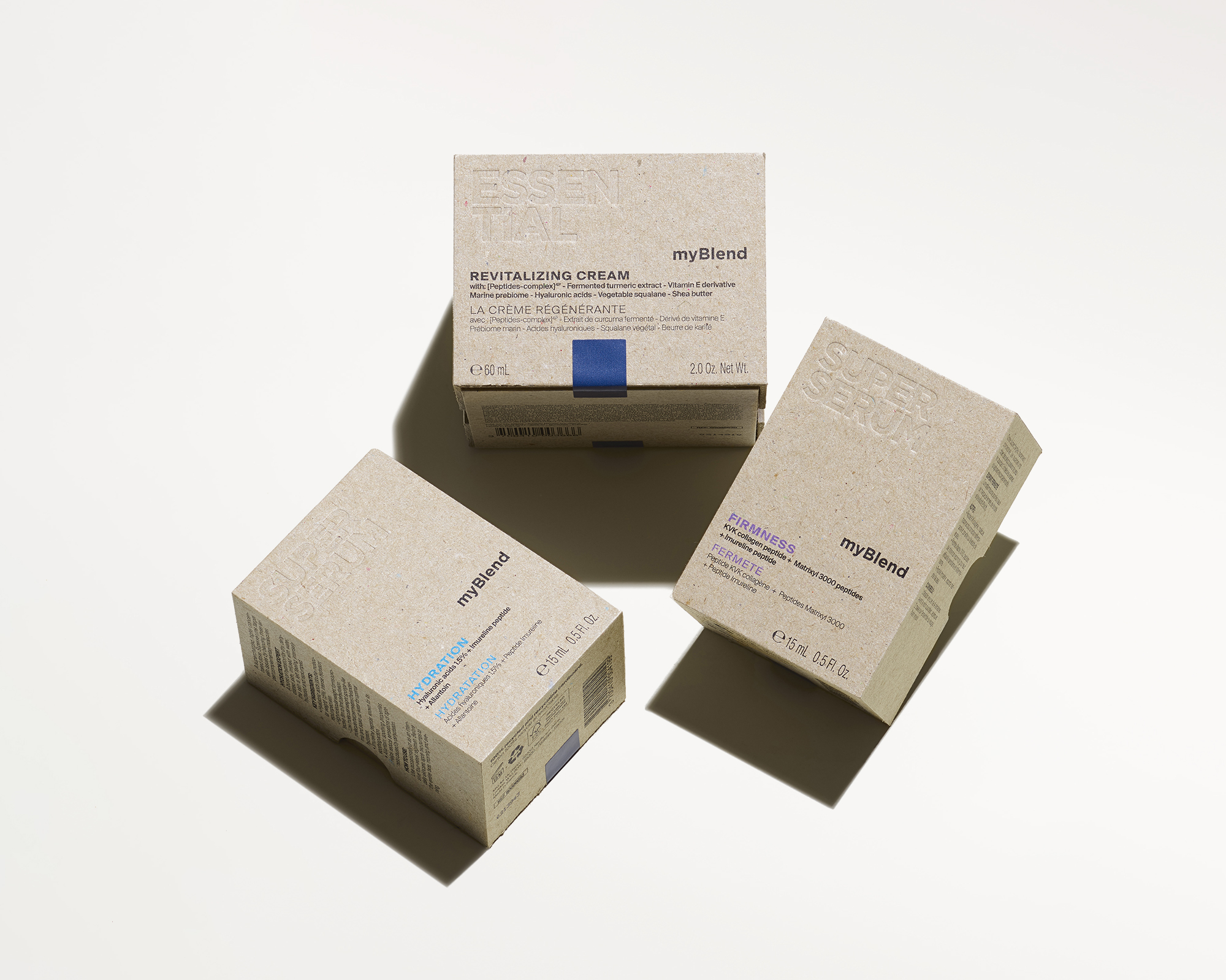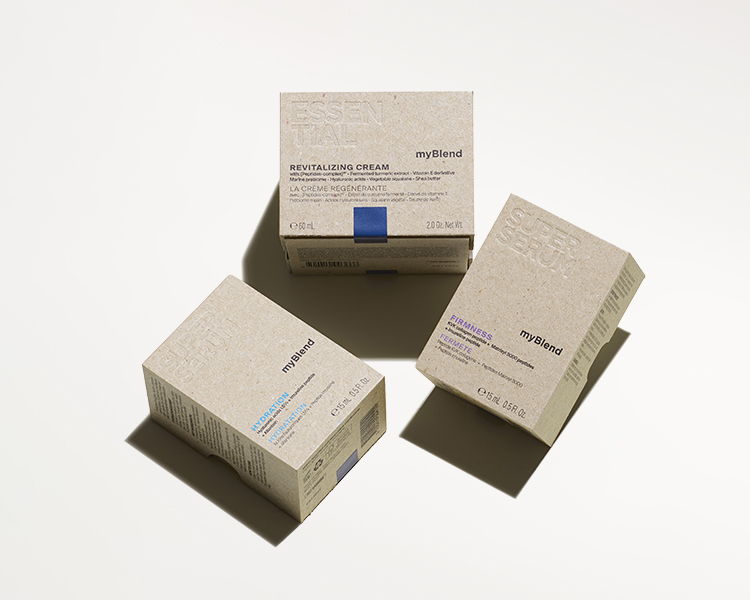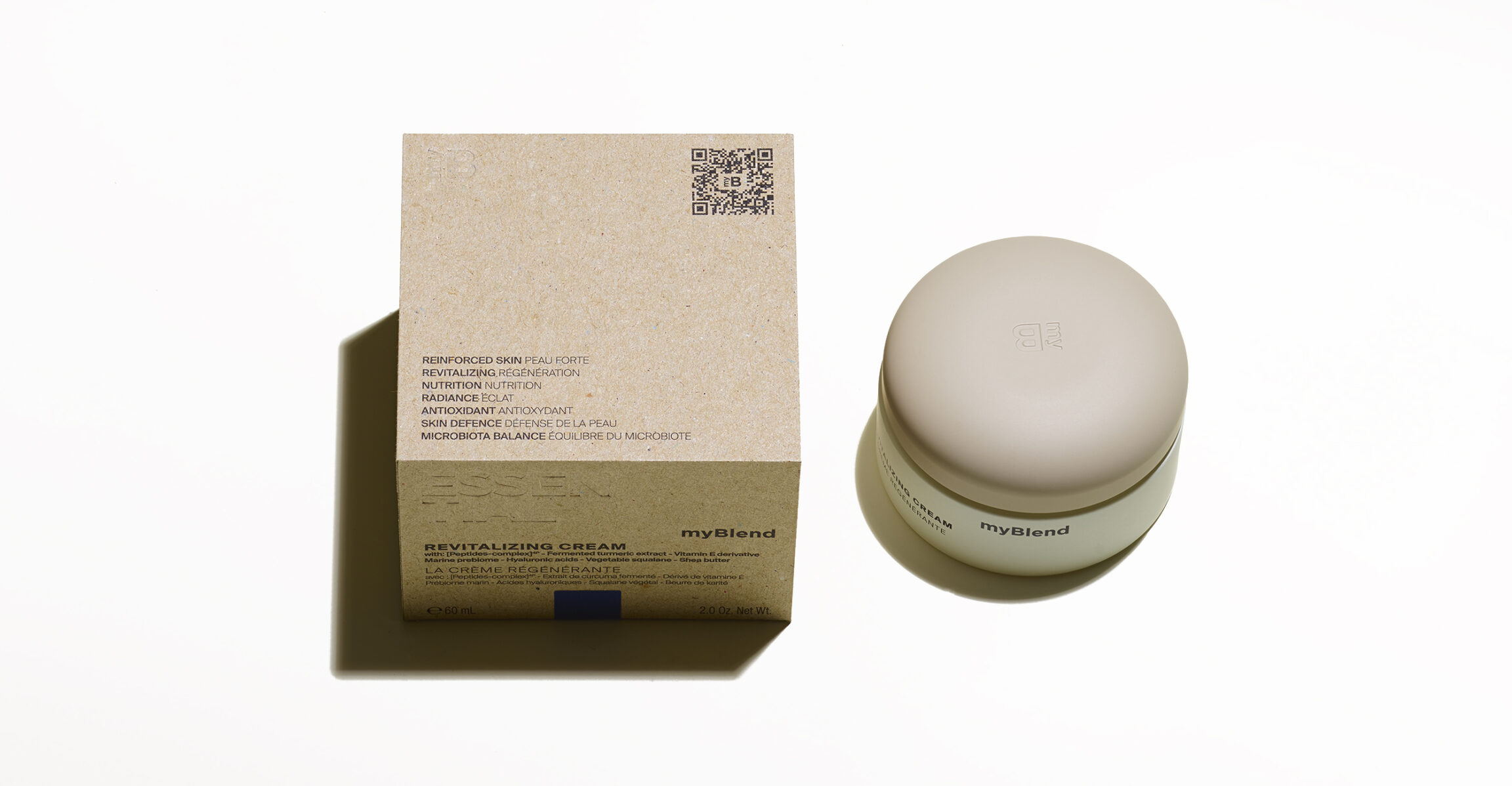


Lifestyle / Advice
June 5th, 2022
guide to recycling cosmetic products
Sorting waste for recycling is nothing new. At least not in the kitchen. But in the bathroom, it isn’t always so clear-cut. After all, how many bathrooms have two separate bins? Whether because it’s easier or just confusing, a lot of cosmetic products end up in the general waste, with no waste processing options beyond incineration or landfill. But so many of them CAN be recycled!
Although it is so often overlooked when it comes to recycling, the vast majority of beauty product packaging can be recycled. Just like many other household and food products, it only takes a few seconds to separate the different materials they are made from. Then all we have to do is put them in the right bin. Here, our guide to sorting your cosmetics waste will tell you all you need to know.
What goes where? A guide to sorting your waste
| Plastic bottles | Recyclable, go to the plastics bin | Tubes of cream, shower gels, shampoos… (only if packaging displays three arrows in a triangle shape) |
| Plastic roll-on deodorants | Recyclable, go to the plastics bin | |
| Aluminium aerosol cans | Recyclable, go to the metal recycling bin | Deodorants, shaving foam and gel, hairspray… |
| Aluminium lids and components | Recyclable, go to the metal recycling bin | Caps, lids, and sometimes tubs… |
| Glass bottles and tubs | Recyclable, go to the glass bin | Perfume, body oils, creams, foundation… |
| Cardboard and paper packaging and instructions | Recyclable, go to the paper bin | |
| Pump bottles | It depends! | If the pump and its nozzle are plastic, they can go in the plastics bin. If they’re metal, it’s for the household waste. |
| Cosmetics product residue | It varies. | If they are natural with 100% clean and biodegradable formulas, they can go down the bathroom sink. Otherwise, it’s for the household waste. |
| Make-up and nail varnish | This gets tricky! | Make-up products (lipstick, make-up, mascara, etc.) and some plastic tubes are not yet able to be recycled. This means they will need to go in the household waste. But that should change and you will be able to recycle them in France from late 2022. In theory, nail varnish should be taken to the tip or be collected as toxic waste. If the glass packaging is completely empty, though, it can be recycled. |
Plastic bottles
Recyclable, go to the plastics bin
Tubes of cream, shower gels, shampoos… (only if packaging displays three arrows in a triangle shape)
Plastic roll-on deodorants
Recyclable, go to the plastics bin
Aluminium aerosol cans
Recyclable, go to the metal recycling bin
Deodorants, shaving foam and gel, hairspray…
Aluminium lids and components
Recyclable, go to the metal recycling bin
Caps, lids, and sometimes tubs…
Glass bottles and tubs
Recyclable, go to the glass bin
Perfume, body oils, creams, foundation…
Cardboard and paper packaging and instructions
Recyclable, go to the paper bin
Pump bottles
It depends!
If the pump and its nozzle are plastic, they can go in the plastics bin. If they’re metal, it’s for the household waste.
Cosmetics product residue
It varies.
If they are natural with 100% clean and biodegradable formulas, they can go down the bathroom sink. Otherwise, it’s for the household waste.
Make-up and nail varnish
This gets tricky!
Make-up products (lipstick, make-up, mascara, etc.) and some plastic tubes are not yet able to be recycled. This means they will need to go in the household waste. But that should change and you will be able to recycle them in France from late 2022.
In theory, nail varnish should be taken to the tip or be collected as toxic waste. If the glass packaging is completely empty, though, it can be recycled.
Learn more
Different recycling symbols and what they mean, from Recycle Now

Cosmetics packaging: it’s essential, so we have a duty to do better
In cosmetics, packaging remains a necessity, especially because most formulas are sold in water-based forms, moisturisers in particular. More or less in a liquid state, these formulas are susceptible to contamination with bacteria, and oxidisation. This means that airtight packaging is essential to ensure the product is safe to use in the short- and medium-term.
That said, not all packaging is the same, and not all of it is strictly necessary. Plastic is far from the only material available, and it should be unacceptable for it to be used as a film to wrap cardboard packaging… Which itself sometimes contains a product in cellophane packaging!
Fortunately, the cosmetics industry is making progress, and examples such as this are becoming increasingly rare. In France, the Agec law provides some fine incentives to the cosmetics sector: it stipulates a total ban on single-use plastic packaging by 2040, with an initial aim of recycling all plastic packaging by 2025. And things are already changing: from March 2023, cosmetics industry players will have to display the new “Triman” recycling logo, along with instructions on how to recycle it. Much more progress is also being demanded in terms of information and the use of particular materials.
So what does this mean for myBlend?
At myBlend, we have a clear determination to move towards zero plastics. Today, plastic is used in less than 4% of our packaging, and every day we are moving closer towards doing away with it entirely.
In other words, you’ll only find plastic in three places in your myBlend packaging: in the pumps for products that have them (they can be unscrewed for sorting and recycling); in the neck of our bottles to reduce their width; and in our samples, where health and safety requirements mean we still have to use plastic sachets.
As for the rest, all of our packaging uses easily recyclable materials like glass and 100% aluminium lids. And it goes without saying that all of our boxes are made from recycled and recyclable unprocessed cardboard, with no cellophane!